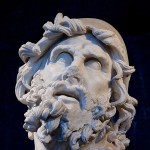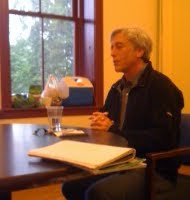
Amid the turmoil, many traditional book stores are closing or declining (witness the recent implosion of Borders), while others like Seattle’s celebrated Elliott Bay Book Company find ways to survive and thrive. How has Seattle’s iconic independent book store succeeded where others have failed?
It did not come easily. Despite its iconic status as one of the best independent book stores in the country, Elliott Bay was losing money in its former location in Pioneer Square, forcing a move in 2010 to try to revive it. Finding a new location in the bustling Capitol Hill neighborhood and using new media like Facebook and Twitter proved critical to turning things around.
“The new move has felt good,” says head book buyer Rick Simonson, who spoke to The Writer’s Workshop writing class. “But we’re still learning our way. It’s a volatile climate with ebooks and everything else. Will people read both ebooks and paper books? What will they read as ebooks? What as traditional books? We still don’t know what people are going to do.”
As the store finds its way in the new publishing world, they draw even larger audiences to the store’s signature reading series. Formerly, they would draw five to six people; now they draw 15 to 20. Well-known authors pack the store to standing room only. With some 500 author readings a year, the store continues to bring in customers.
Independent book stories like Elliott Bay are critical to the literary and intellectual life of the Seattle as well as that of the nation. David Guterson’s Snow Falling on Cedars, for example, gained national traction in part from the early boost the book received from Elliott Bay. Similarly, first-time authors often develop their audiences through independent bookstores, even if they later gain national attention.
For all these reasons, it’s heartening to see Elliott Bay thriving amid all the transformations in the publishing industry. their reading series continues to be one of the best in the country, a great, free introduction to the riches of the literary world.
For more on Elliott Bay Book Company and other great stories, please look for the next issue of www.thewritersworklshopreview.net, which will be out shortly.
 The Writer's Workshop
The Writer's Workshop 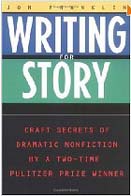
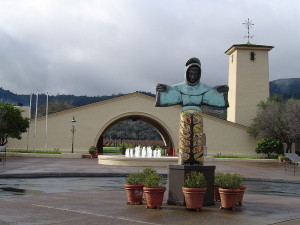
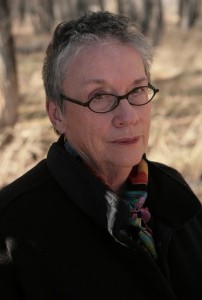
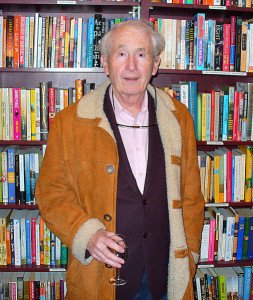
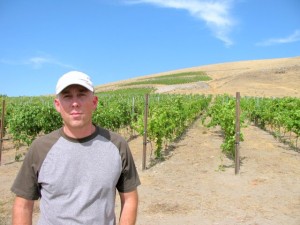
![600px-Pont_des_Arts_Wikimedia_Commons[1] Pont des Arts](https://www.thewritersworkshop.net/wp-content/uploads/2011/01/600px-Pont_des_Arts_Wikimedia_Commons1-150x150.jpg)
